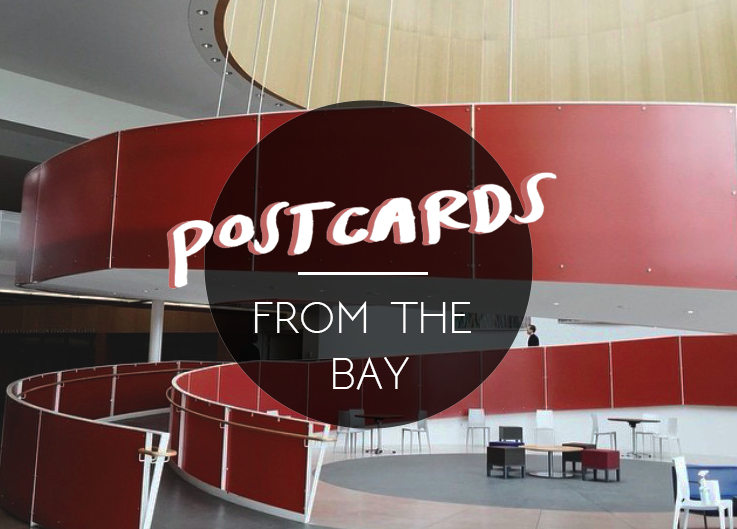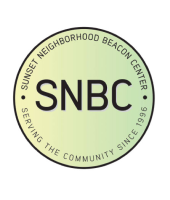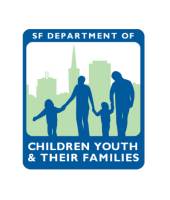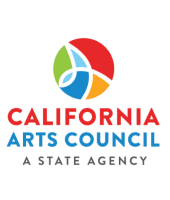Berkeley is home to the disability rights movement. It was here that the first center for independent living was established in the early 1970’s and people with disabilities had their first dramatic confrontations with the federal government. One of my favorite places in the city is the Ed Roberts Campus, which is a community building known for its universal design. For those who have never heard of this concept, universal design is the process of creating products and designing spaces so that they are functional and convenient to the broadest amount of people possible. It benefits everyone, as the goal of universal design is to be as inclusive as possible. Some examples you might see of universal design are ramps, the one handicap stall in public restrooms, and push-to-open buttons on doors. Although these accommodations are great, they aren’t nearly enough for an entire space to be considered universally inclusive. For instance some ramps are in the back of buildings, some are even next to dumpsters, which makes it awkward to be with able-bodied friends, since they would likely enter from through the front of the building.
The Ed Roberts Campus (or ERC) is a community center situated directly next to the Ashby BART Station in south Berkeley that combines universal design with modern aesthetics in order to become a resource for all members of the community. It’s open for weddings, bar mitzvahs, meetings, dance classes and more.
Architecture and design are not merely about how things look; architecture is truly a social justice issue. It is the key to the full inclusion of all people. Having the opportunity to receive a tour of the revolutionary Ed Roberts Campus building during a field trip in my psychology class was something incredibly inspiring to me.
Ed Roberts, who this building was named after, was the first student with a severe disability to attend UC Berkeley. UCB has a distinct reputation for its student activism, especially because it was an epicenter of the Free Speech Movement in the ‘60s. The Free Speech Movement really became the model for activism in the Bay Area, and inspired many to fight for various causes.
Because none of the residence halls at UCB were designed to accommodate his disability, Ed Roberts lived in one of UC Berkeley’s medical facilities. This inequality, along with many other instances of discrimination he experienced, made Ed realize the need and importance of fighting for independence for those with disabilities. It was not merely a medical or functional issue, but rather a sociological, political, and civil rights struggle. Taking lessons from other campus movements, Ed Roberts decided to create the Independent Living and Disabilities Rights Movements for people with disabilities.
The ERC commemorates his life by existing as something Roberts himself would have loved to see—a place that acknowledges the needs of the disabled community.
Often times accessibility in buildings is stigmatizing for those with disabilities, as the exterior of buildings that attempt to incorporate universal design appear institutional and cold. Think of a hospital, a type of building where Ed Roberts lived as a student, a building that prioritizes accessibility. Hospitals are definitely not the most inviting of buildings.
Observations like these were taken into account when creating the Ed Roberts Campus, and that’s why the building has such large windows, where you can see a lot of what is (and who is) inside. The first thing you will notice about the Ed Roberts Campus are the huge windows that bring in natural light, which is meant to show how welcoming the Ed Roberts Campus is to the community.
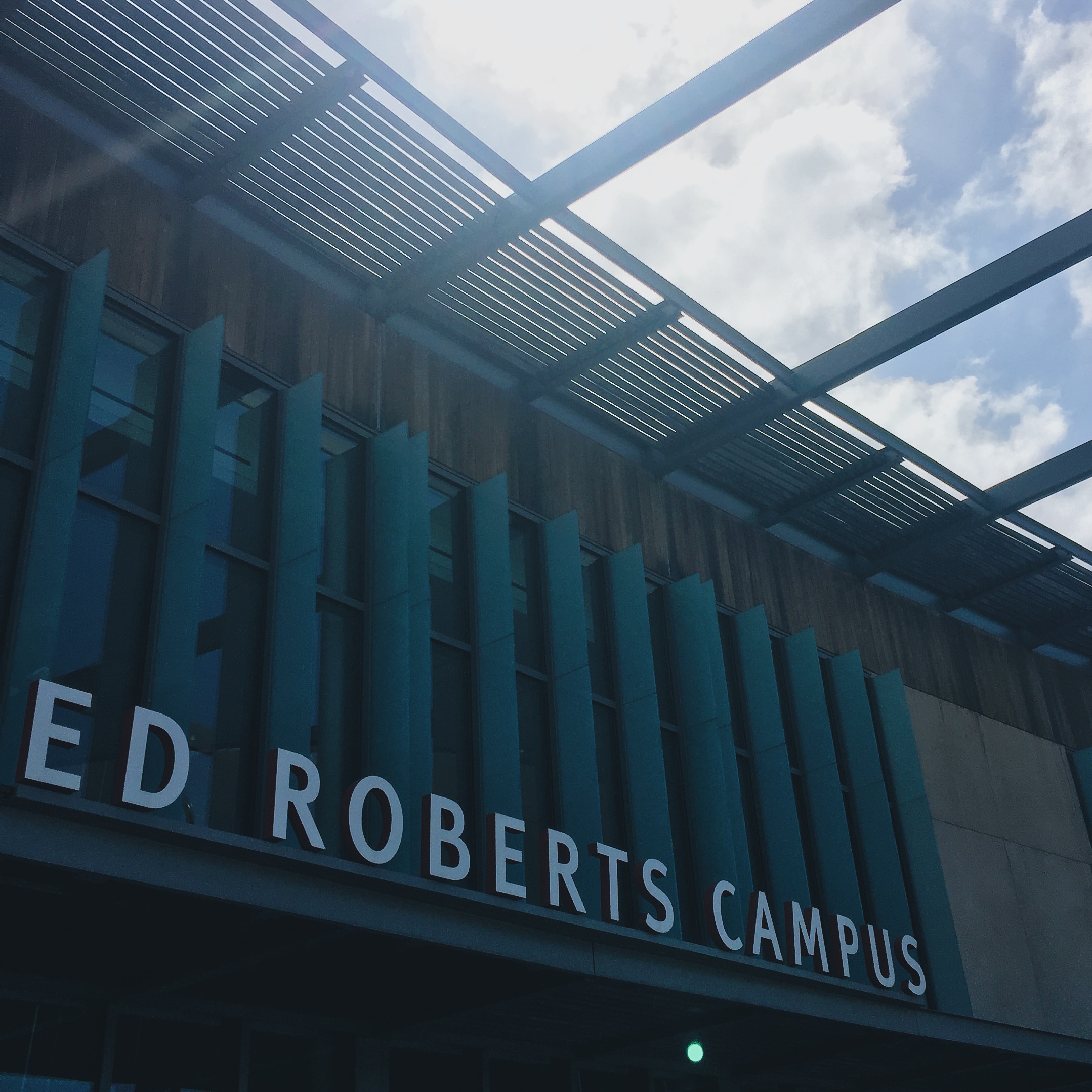
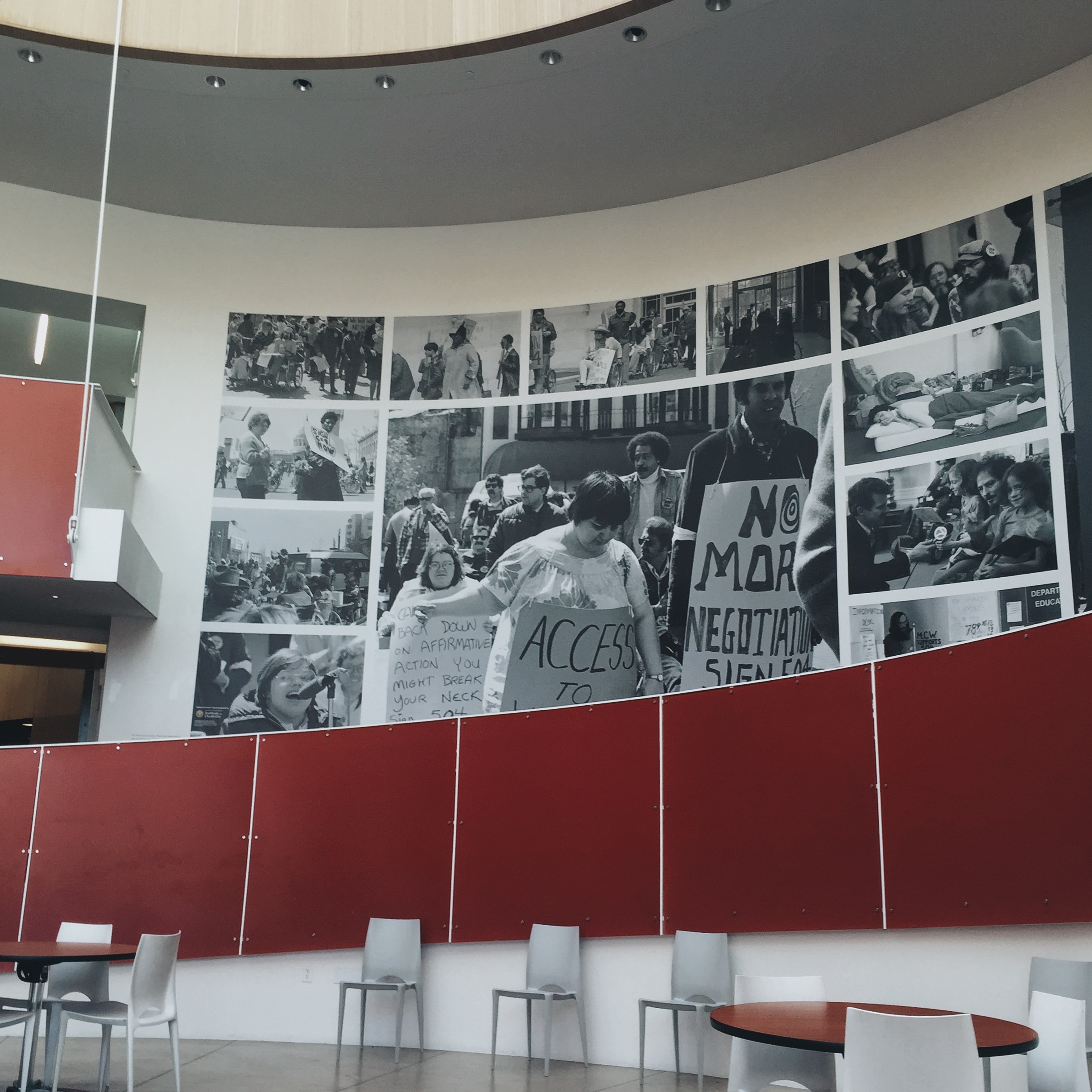
The interior’s most notable feature is the huge red ramp that basically encompasses half of the main room. It’s made from recycled milk cartons and its width is almost twice as wide as a standard ramp. This makes walking and talking easier for people with disabilities, as the ramp can fit two wheelchairs at a time (Many have felt that awkward and cringeworthy “You go first, I’ll back up” moment when going on ramps that can’t fit two people.)
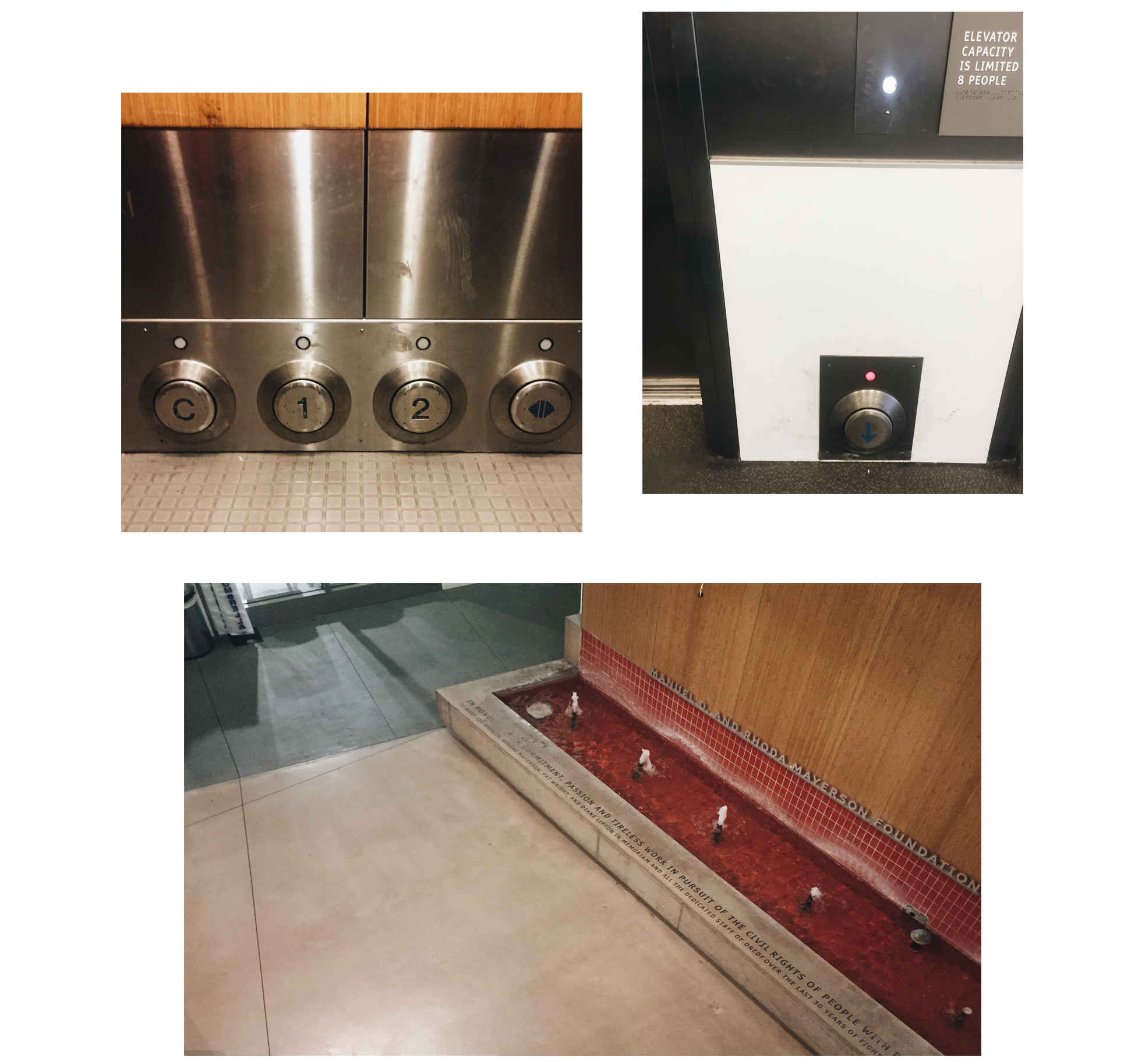
Dmitri Belser, who runs a program that makes technology accessible to disabled people, showed me around the Ed Roberts Campus and told my class a story where in the Ed Roberts Campus’ early days, there was a fire as a result of a possible gas leak. When they called the Berkeley Fire Department for help, the firemen were terrified knowing how long it would take for them to evacuate every single person with a disability out of the building. When they arrived, they were shocked to see that every single person had evacuated the building within five minutes of the phone call. Universal design is to thank for this, because it allows people with disabilities to move at the same speed and with the same ease as people without disabilities because they are given more options in which they can maneuver themselves.
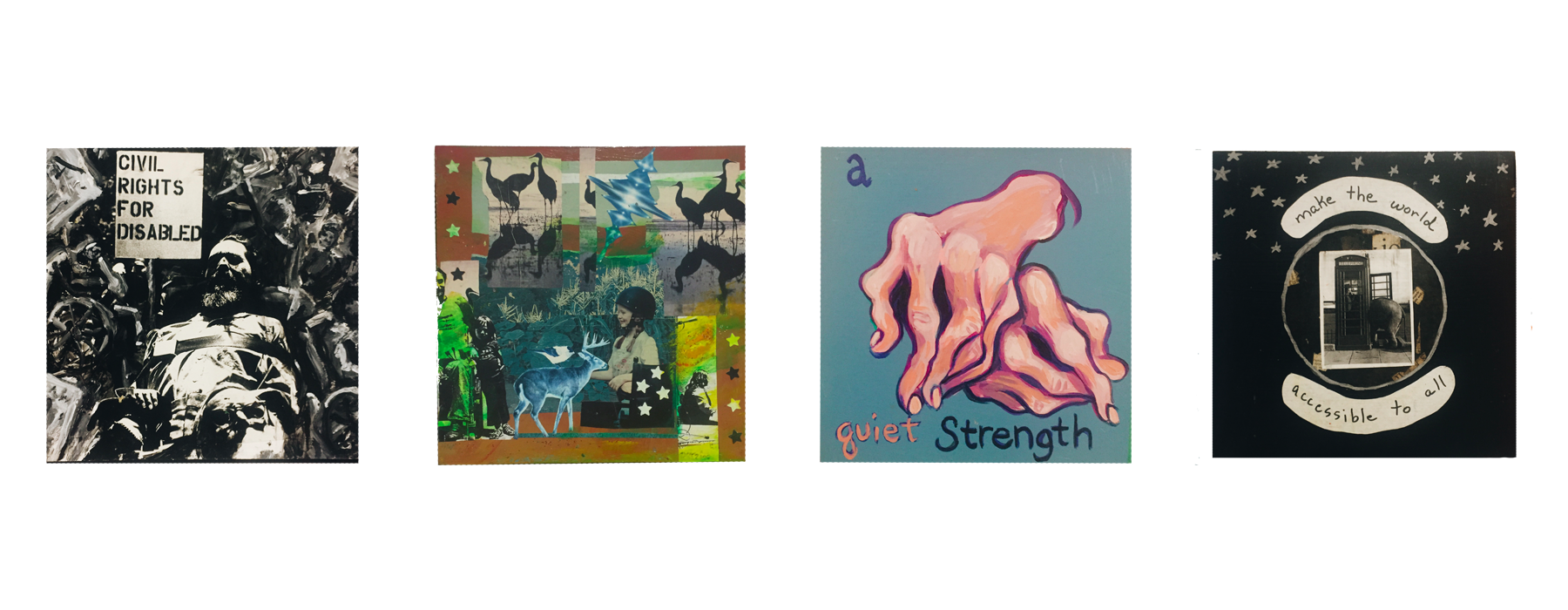
The ERC is also decorated with tiles among tiles of community artwork created by people with disabilities and those who have been touched by disability through a family or friend. Originally, the Ed Roberts Campus was only intended to hold about 300 tiles, but the community response was so overwhelming that they received thousands of tiles representing the emotions, history, experiences, and struggles of those in the disabled community.
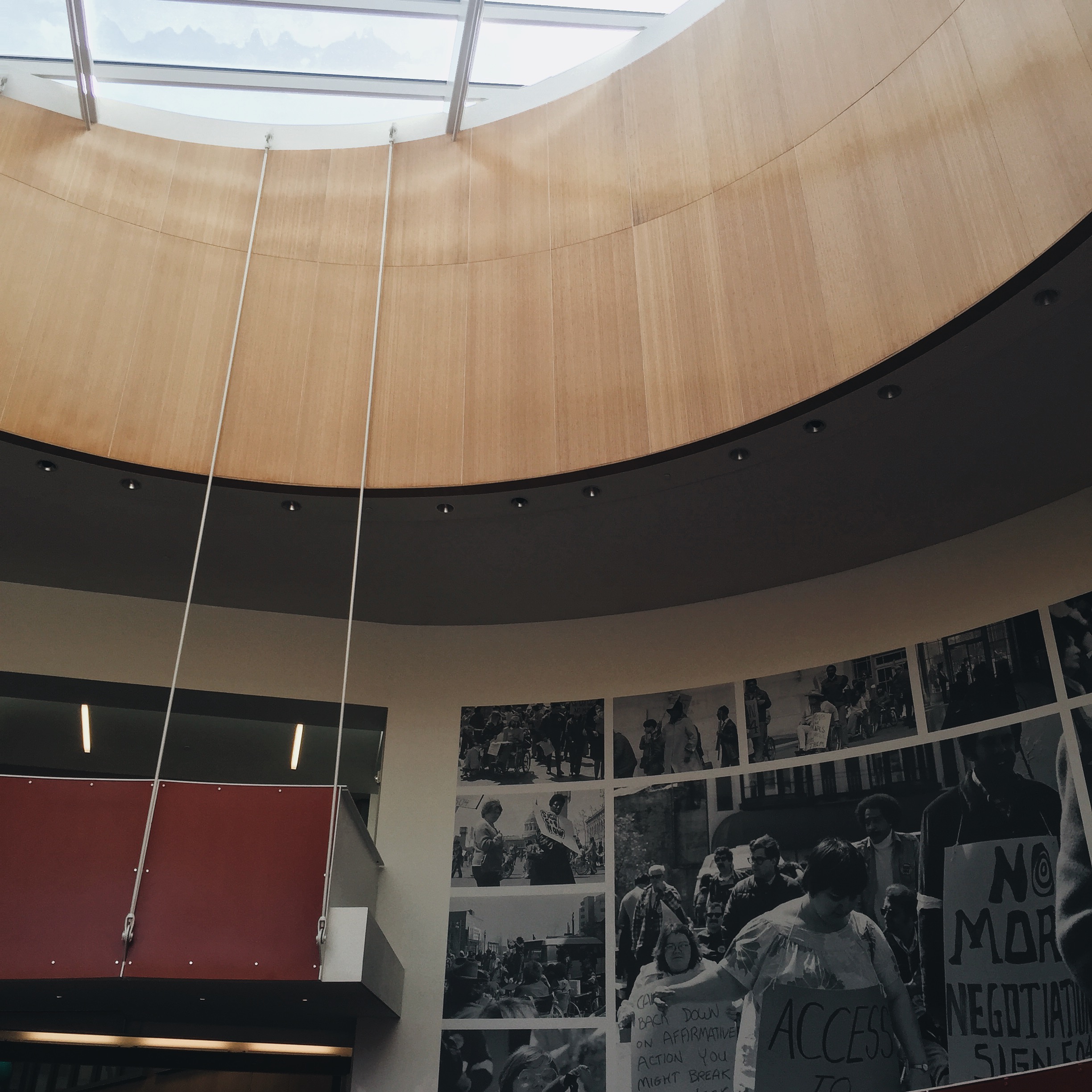
In addition to these murals, the Ed Roberts Campus is adorned with massive black and white images of 1977 Section 504 protests in San Francisco. Before the Americans With Disabilities Act of 1990, which called for civil rights protections for people with disabilities, there was the Rehabilitation Law of 1973. It was similar to ADA, because it basically said that people with disabilities could not be discriminated against, but the Rehabilitation Law didn’t have any teeth to it, and was never properly put into effect. So in the ‘70s, many disability rights activists demanded legislative action to actually protect people with disabilities, and even occupied SF’s city hall for 26 days. This successful occupation was an important win for the disabled community, as it demonstrated that people with disabilities are able to stand up for their rights, and do not merely want to be treated as a charity case.
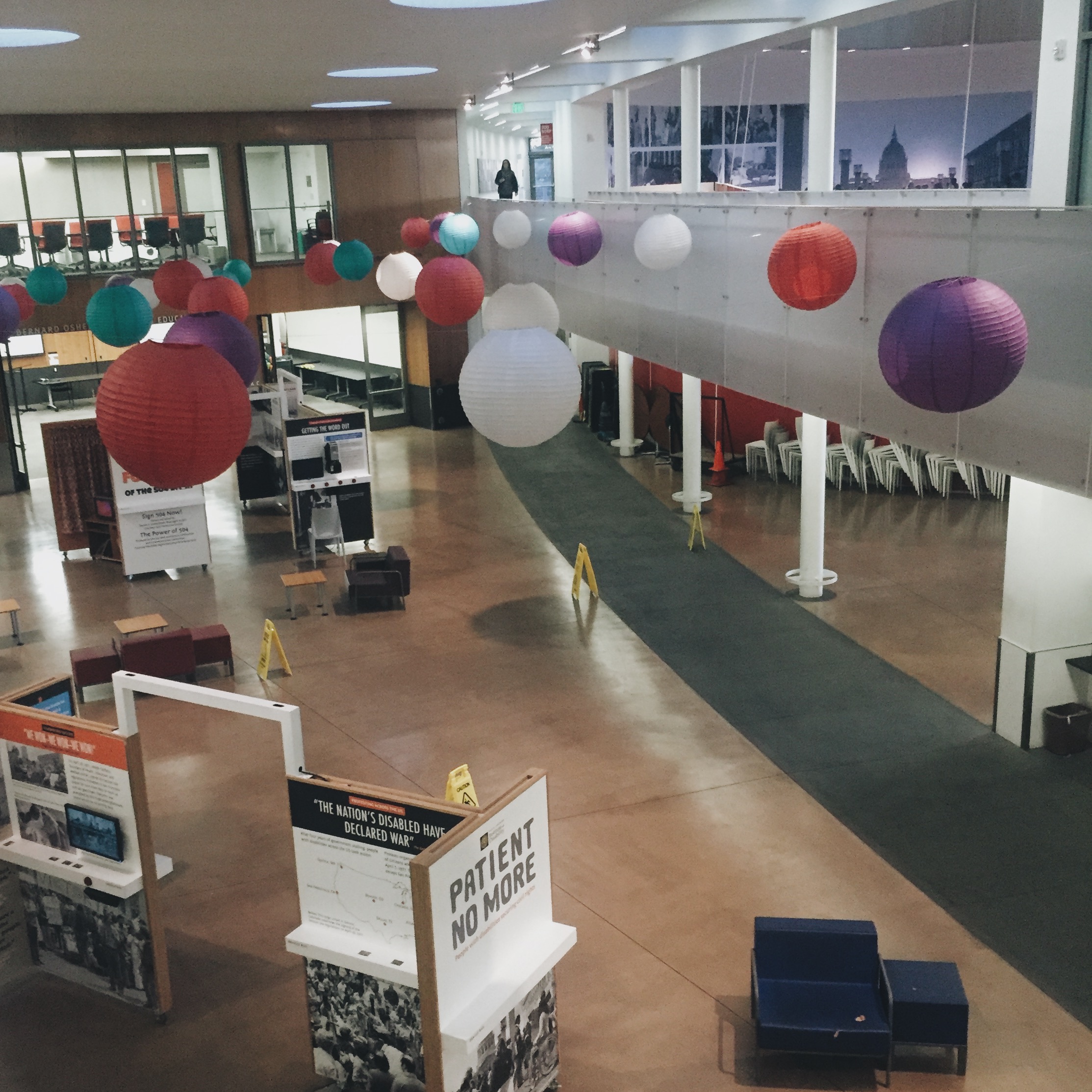
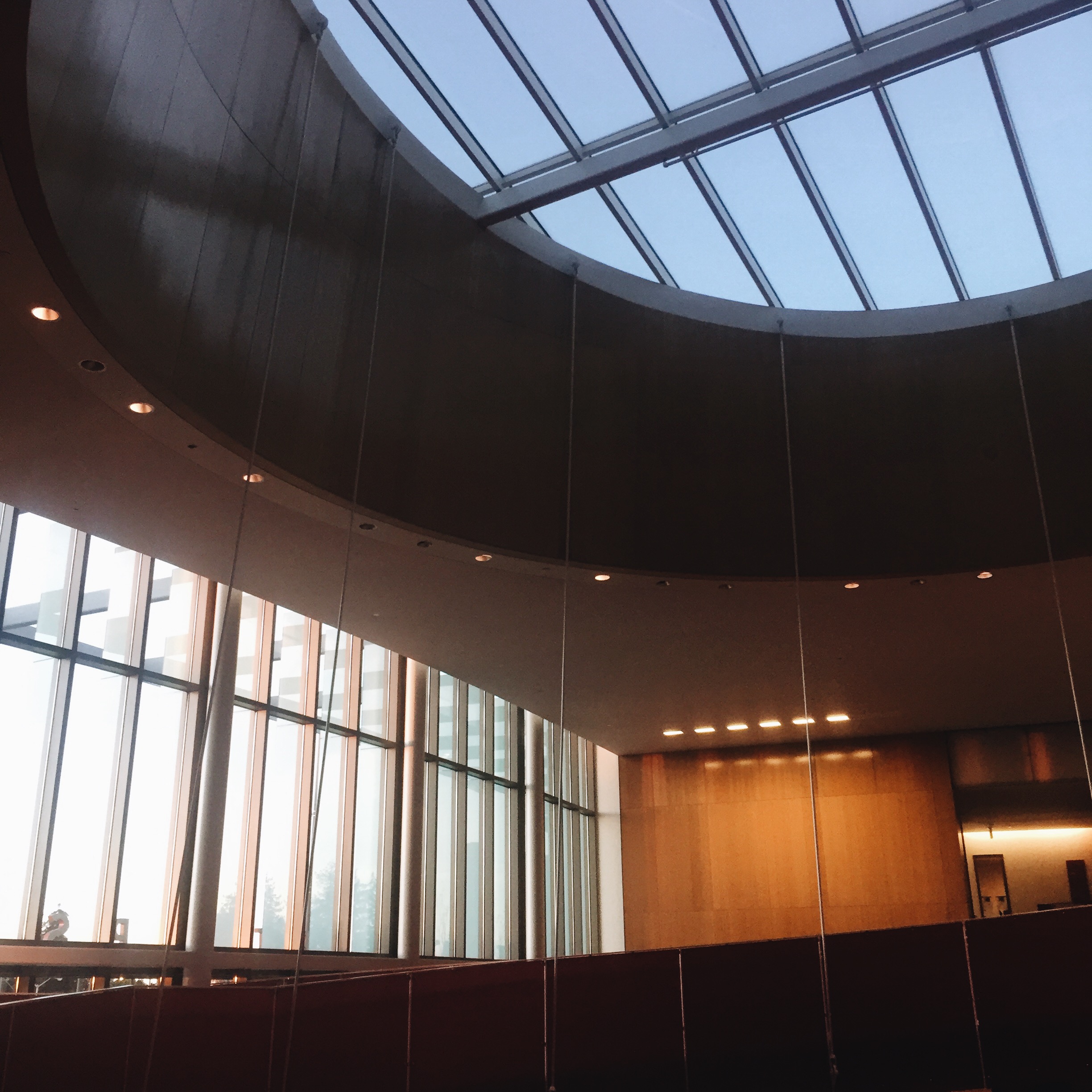
One of my biggest takeaways from going to the Ed Roberts Campus was that our tour guide, Dmitri, defined disability as the disconnect between your ability and the environment around you. All my life I thought of disability as a physical or mental condition, or a handicap. It was very important for me to understand this different perspective in the way we view disability, because it made me see the importance of universal design. The way that the majority of buildings and products are currently designed only creates barriers for people with disabilities to exist with along with able-bodied people. Even something we take for granted, like going to the bathroom in a public setting, is hard for disabled people, as there is a lack of adult changing tables, handicap stalls, and generally things that make it easier for them to do tasks on their own.
If universal design were incorporated into every building and product, would disability, as Dmitri defines it, still exist? Universal design promotes the inclusion of people with disabilities, and if we included the needs of people with disabilities, we would break the barrier that separates people with disabilities from the environment, so there wouldn’t be a disconnect between the two. Having universal design incorporated into our lives affirms the right of people with disabilities to self determination, because it shows that their needs are heard and respected, while promoting personal empowerment and independence to the disabled community.
I’m appreciative of buildings like the Ed Roberts Campus, and I look forward to seeing the future of architecture and design, and I hope it is not as exclusive as it is in the present day. Hopefully one day, buildings like the ERC will become more and more common.

